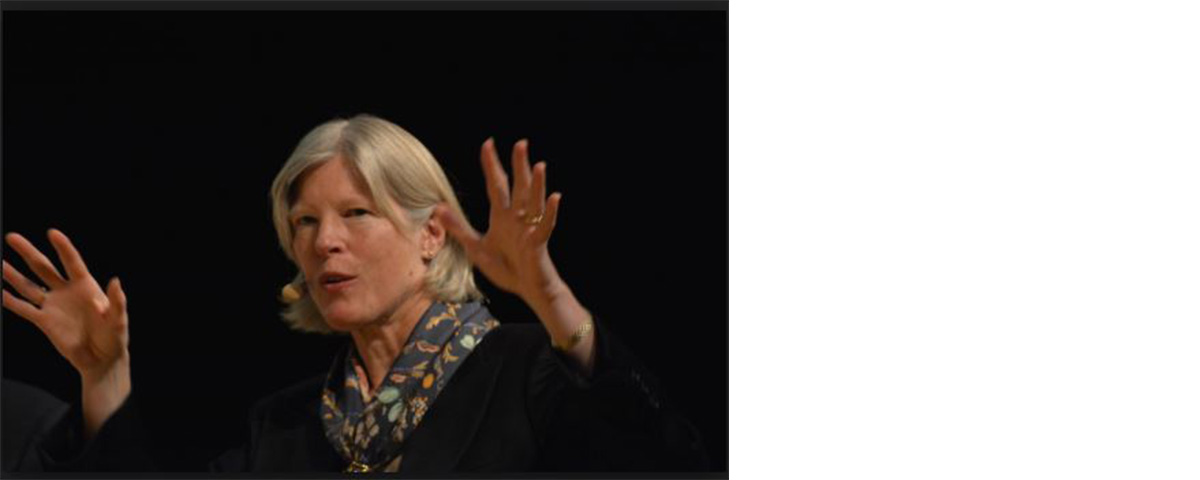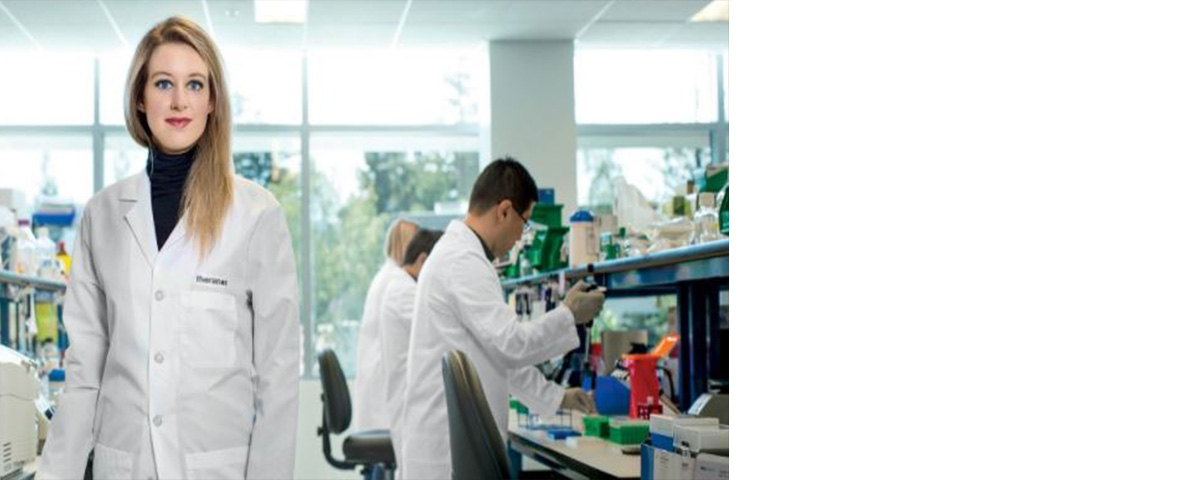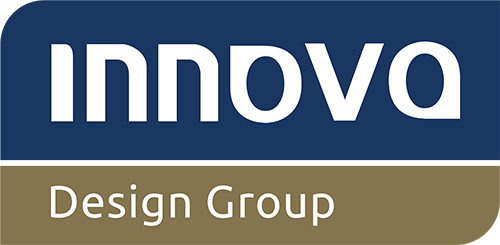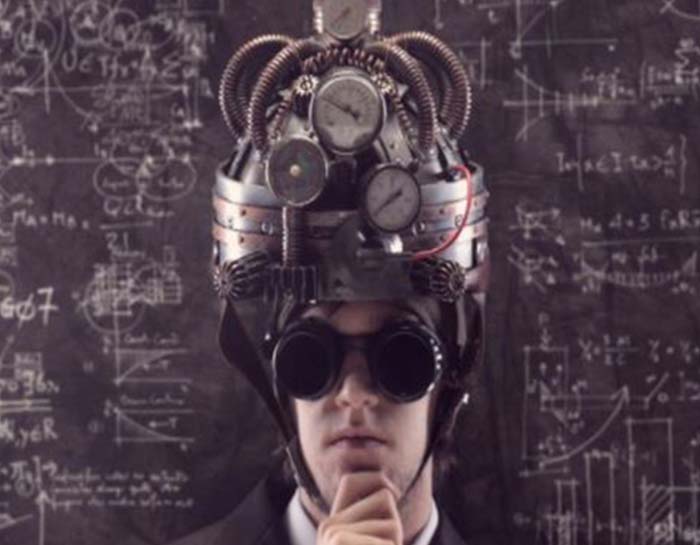Most Influential leaders in Science: What do they all have in common?
In this article we highlight the top three scientists making ground breaking discoveries and demolishing the boundaries of the unknown plus, why practical science is vital for a student’s future development?

Cynthia Kenyon: Developing ways to help us live longer and healthier lives
Cynthia Kenyon joined Google’s Calico venture in 2014, where she helps a team of scientists develop methods to slow aging and prevent age-related diseases. She first made waves in the science community back in 1993 for her discovery that altering a single gene in roundworms could double their life span. Including pinpointing the exact location of the gene that helps us live longer and determining that a common hormone-signaling pathway controls the rate of aging in several species including humans.

Stephen Hawking: Perhaps one of the world’s most famous scientist right now
Known for his landmark contributions to our understanding of the big bang, black holes, and relativity. The British theoretical physicist and cosmologist, Hawking is acclaimed for his ideas on gravitational singularity theorems in the framework of general relativity.

Elizabeth Holmes: developed a groundbreaking blood test that will transform the future of healthcare
Elizabeth has not only changed the healthcare industry but became one of the US’s first self-made female billionaires. Holmes dropped out of Stanford during her sophomore year to create Theranos, a blood-testing company that uses a prick of blood to get the same test results as you would have gotten from an entire vile. The concept is disrupting and revolutionizing the industry by making blood tests faster, simpler and most importantly, cheaper. The company has raised $400 million in funding.
So, what do they all have in common?
Practical science, experimentation is the essence of learning science. Learning science without practical work is like learning literature without reading books.
With discoveries and inventions practical science is a must, completed with the ever growing need for schools to perform well in exams, is practical science being neglected? In 2011, 97% of lab managers in Russell Group universities reported that incoming graduates are poorly equipped for their first year practical sessions.
A new international study by the Gatsby foundation, aimed at school leaders, science teachers and technicians, highlights the key factors to consider when delivering practical science and the full article can be viewed here.
But why is it so important to teach practical skills and what benefits can come from it?
- Students find practical science motivating and engaging
- Discover valuable skills and attributes
- To learn from mistakes and how to avoid them next time
- Develop independent learning skills in preparation for higher education
- Gain stronger communication skills
- Group learning helps prepare students for future career paths
- Demonstrate and describe ethical, safe and skilful practical techniques appropriate for future career paths within the STEM sectors
- Some facts can’t be taught without practical sessions
The boy who put a star in a jar
As part of a laboratory refurbishment at Penwortham Prior Academy, Preston, we discovered one student had achieved an incredible accomplishment! 13 year old Jamie Edwards became the world’s youngest fusioneer.
Inspired by YouTube videos, Jamie pitched his idea to the headmaster and was granted £2,000 to find his supplies to build his experiment. With help from local businesses and universities he was able to successfully achieve his mission.
“What I’ve done, it’s the same process that happens on the sun and all the stars, it’s nuclear fusion,” explained Edwards. Basically, by creating a vacuum in a chamber, filling it with deuterium – a heavy isotope of hydrogen – and then running an extremely high voltage through it, Edwards was able to encourage two hydrogen atoms to smash into each other, and fuse to create helium. It’s this process that “keeps all the stars going”, says Edwards. “So I’ve recreated that same process in a box about the size of a jar – you could call it a star in a jar.”
He has since presented at TEDx talks and appeared on the David Letterman Show. So, what is his next project going to be? “I was thinking that maybe I could make a hand-held laser cutter,” says Edwards. “So I’ve been looking into some really high-powered lasers. What’s really great is since I did my experiment and now that we have these amazing new facilities, more and more students are coming in to science and wanting to do extracurricular projects.”
When asked about the school’s new laboratory refurbishment Jamie replied, “Before, we were all sat in rows and it was very traditional. We could do experiments, but working in groups and collaborating on projects was a bit more difficult.
“Now you can move the desks round, you can reconfigure the classroom to the teacher’s needs for that lesson, which you couldn’t do with the old ones, so it will completely change the way teachers plan their lessons. We’ll be much more involved with each other and working together, which I think is a really good style of teaching.”
We look forward to seeing what else he achieves!
To read how Innova design, manufactured and installed Penwortham’s science laboratories click here.
For more information on how to deliver great practical science experiments read our ‘teaching practical science has never been more important’ article, which highlights the top ten benchmarks on how to conduct good practical experiments in the classroom, followed by our top three science lab case studies.
Contact
Do you have a laboratory refurbishment project in mind, or guidance on how to increase the level of practical’s your school conducts? Contact us on 0161 477 5300 or email hello@innovadesigngroup.co.uk



